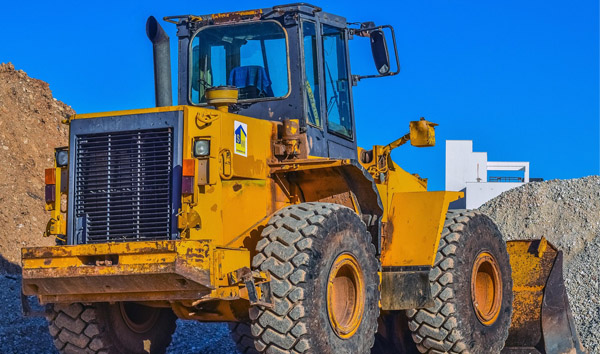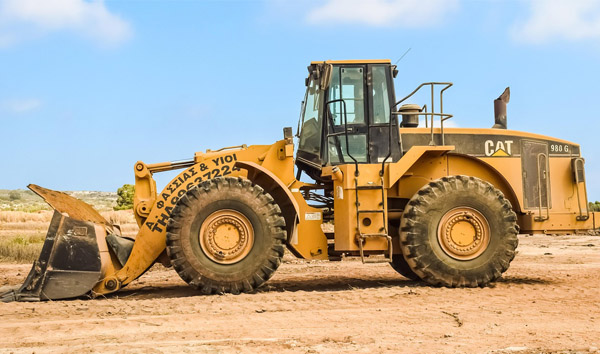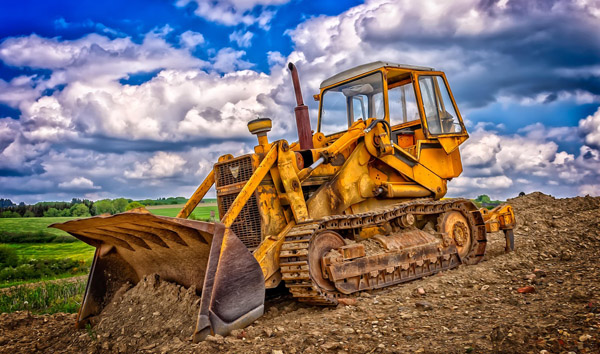Revolutionizing Heavy-Duty Mobility: The Future of Rough Terrain Forklift Suspension Systems
2025-07-18 04:45:24
The Rough Terrain Forklift suspension system is a critical component that ensures stability, durability, and operator comfort in challenging environments. This report explores the latest advancements in suspension technology, industry trends, and performance metrics that define modern rough terrain forklifts.
Introduction Rough terrain forklifts are indispensable in construction, agriculture, and mining, where uneven surfaces demand robust engineering. The rough terrain forklift suspension system plays a pivotal role in absorbing shocks, maintaining traction, and preventing load instability. Unlike standard forklifts, these machines require specialized suspension designs to handle extreme conditions.
Key Components of Rough Terrain Forklift Suspension Systems The rough terrain forklift suspension system typically includes heavy-duty shock absorbers, reinforced axles, and adaptive damping mechanisms. These components work in unison to mitigate vibrations and enhance load-bearing capacity. Industry data indicates that advanced suspension systems can reduce operator fatigue by up to 30%, significantly improving productivity in harsh terrains.
Technological Innovations Recent advancements in the rough terrain forklift suspension system incorporate AI-driven load-sensing technology. This innovation dynamically adjusts suspension stiffness based on real-time terrain feedback, ensuring optimal performance. Leading manufacturers report a 20% increase in machine lifespan due to reduced wear and tear from improved suspension dynamics.
Performance Metrics and Industry Standards Testing protocols for rough terrain forklift suspension systems emphasize durability under extreme loads and prolonged use. According to ISO 10525, these systems must withstand repeated impacts without compromising structural integrity. Field studies show that modern suspensions enhance fuel efficiency by 15%, making them both cost-effective and environmentally sustainable.
Conclusion The evolution of the rough terrain forklift suspension system continues to redefine heavy-duty material handling. With innovations in adaptive damping and AI integration, these systems are setting new benchmarks for reliability and efficiency. As industries demand more resilient equipment, suspension technology will remain a cornerstone of rough terrain forklift design.














